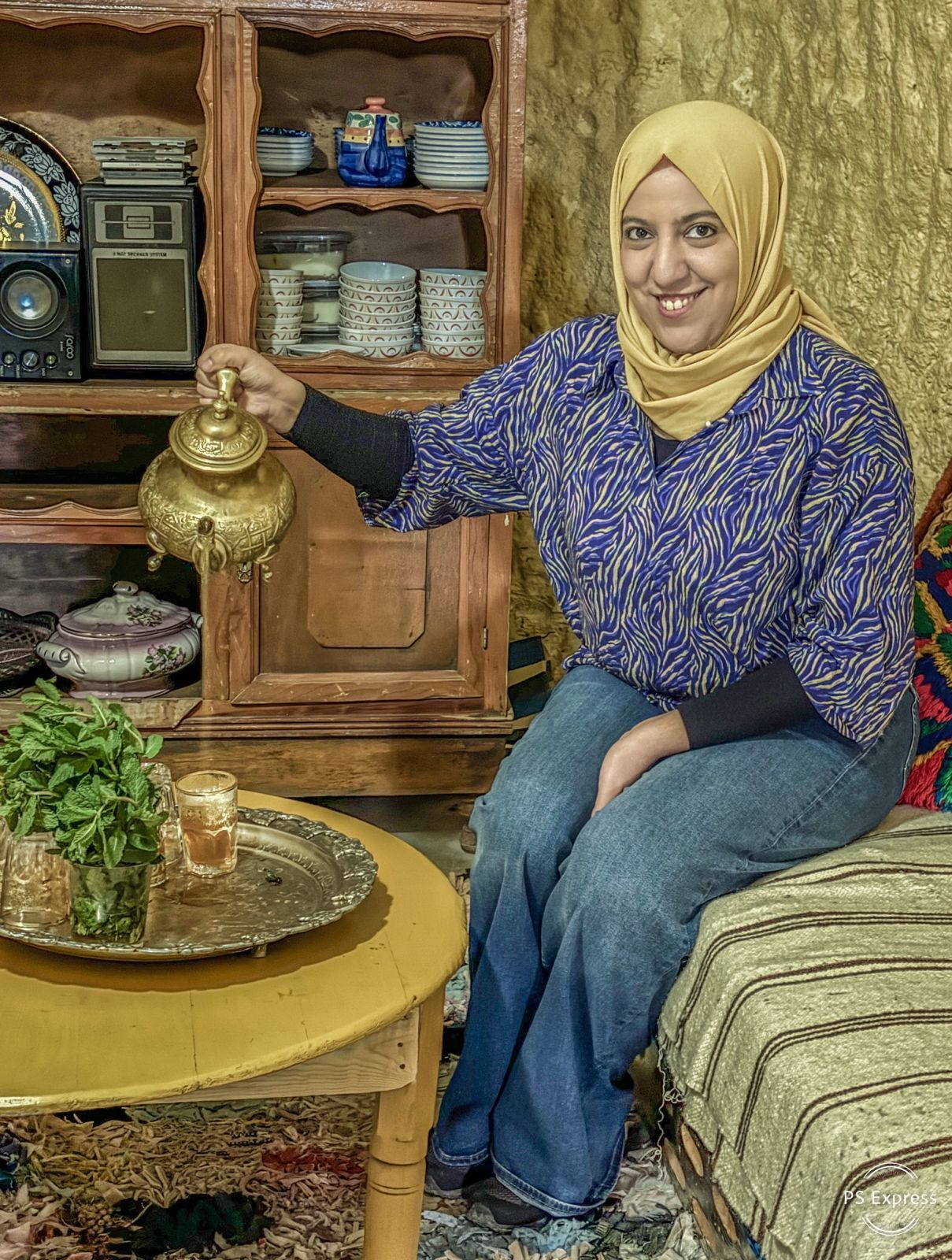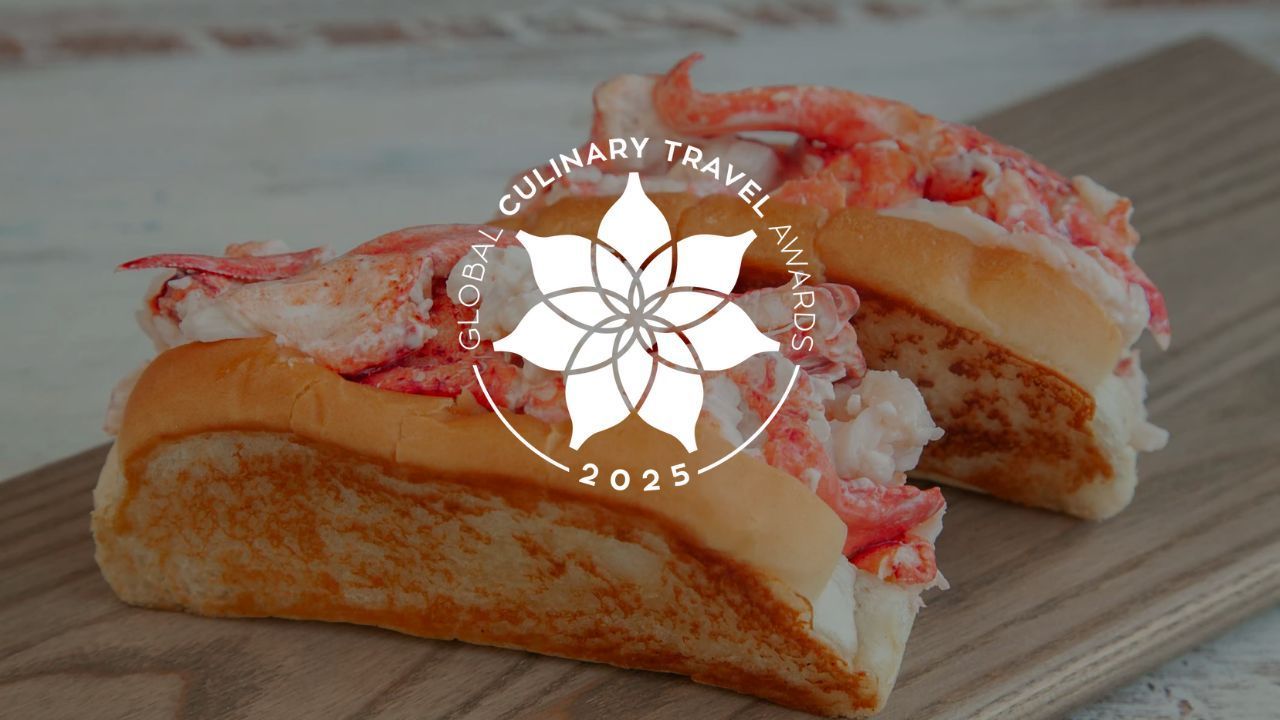What is Taste?

We know from research conducted by the World Food Travel Association that food-loving travelers are adventurous and curious. They actively seek out new ways to indulge in genuine cuisine and to learn about the terroir of a specific product. Powerful memories can be created with the taste of a place. The World Food Travel Association defines food tourism as “the act of travelling for a taste of place in order to get a sense of place”. We gathered our thoughts and some interesting facts about taste and made them part of a series that we call “The Taste of a Place”. This first chapter explores the concept of taste on the very surface, and the meaning of the taste of a place.
Have you not ever wondered why
food sometimes just tastes so unbelievably good? Or why certain food combinations such as salt and sweet, for instance, or Serrano ham and melon or blue cheese and gingerbread cookies (trust me on this one), go so well together like yin and yang, Batman & Robin, or Ben & Jerry? I have always felt like there must be a reason that food tastes so good, and why some foods match so well together. I am constantly amazed about the fact that we eat so differently in different countries. Growing up in Sweden, I used to wonder; if people do not eat #falukorv or moose outside Sweden, what do they eat abroad? Surely anyone would strive to make the best of what nature has provided; there is just too little time in life to eat bad or tasteless food. It made me think about taste, how taste connects us, and how meaningful taste is when travelling.
Historically and biologically , the purpose of taste has merely been that of function, more specifically the assessment of edible supplies in nature. As early humans, we needed to be able to identify which foods were good for us and which were poisonous or even potentially fatal. Likewise, our sense of taste helped us to identify the most nutritious items and avoid the ones that are less nourishing, thereby preventing the waste of precious energy. One could say that the sense of taste developed to prevent us from making bad eating decisions. Through evolution, some animals have lost many of their taste receptors simply because they have no use for them anymore. In contrast, humans have kept their taste receptors, undoubtedly because we still have a need for taste.
Scientifically , taste is a sensory modality, i.e. how we perceive the experience of a liquid or substance in our mouths. Many of us know that the basic tastes that we can perceive are salt, sweet, bitter, sour and umami. Recent research also suggests that there might even exist a sixth taste, that of fat. Flavour on the other hand, is a combination of taste with auditory features (fizzes, crunches), tactile sensations such as texture and temperature (chewy, crunchy, dry, tender), and most importantly, what we smell. Molecules are detected by receptors in the mouth and nose, and the information is then interpreted by the brain that lets us know what we are eating or drinking. One can describe a food item as “salty” or “sweet” but when saying that it tastes like honey, or the wine reminds you of blackberries, we are evaluating the entire flavour with the smell from our nasal cavities inside our mouths, as well as the memories from our previous eating experiences. All five of our human senses are actively stimulated when eating. Signals are sent between neurons in the brain and trigger a nervous response in the parts of the brain that are responsible for our emotions. The whole experience comes together and creates an enjoyable event, and this is seemingly why happiness sometimes comes through a tasty meal.
Culturally , taste is related to eating patterns and preferences, what we choose to eat, and these preferences are influenced by countless features depending on location, traditions, personal choices and sometimes religion. When individuals are raised within a particular environment, a certain awareness of quality develops, and we begin analyzing the sensations. We are aware of what we are tasting, and we use words to describe it. We do not always create a deep analysis or conduct an investigation of all the elaborate tastes and flavours that we are detecting, but your perceptions are almost always biased by our own experiences, education and upbringing. Our five senses are powerful motors when it comes to remembering and reminiscing about a past event. Do you recall your first kiss or first special moment with a loved one when smelling a familiar fragrance? Or when eating your grandmother’s meatballs for the fiftieth time, does it not take you back to your childhood dinners? But when does a culture become a taste?
And how can taste create a sense of a place?
A culture becomes the taste of a distinctive place when you identify not only region-specific products and local dishes, but also the techniques that are used when cooking or preparing food in that particular place. Boiling, grilling, steaming, smoking, underground cooking, frying, curing are a few of the cooking methods that many of us know and love. Many times, a technique has developed out of necessity, for example to be able to preserve food for parts of the year when the weather is less optimal for growing. History has played a huge role in defining the culinary identity of a place. Wars, colonisation, border changes, relocation, travelling and globalisation have all affected culinary identities. Let’s not forget the way that we eat, i.e. with our fingers, knife and fork or chopsticks, early or late, eat it all or leave a bit on the plate. What we eat, and how we eat it, is an expression of our cultural identity. This is us. This is what we eat. This is our world. This is what we associate with the taste of a place today.
For a cultural and sometimes social activity, we do not always appreciate the values and history transferred to us through food. Taste may be primarily a pleasure for the senses but may also satisfy your mind and heart if you dive a little deeper.
Destination marketers working on food and beverage tourism can benefit from a culinary placemaking strategy. he**@wo************.org">Get in touch with us today to discuss how we can leverage culinary placemaking in your COVID tourism recovery planning.
Authored by Rosanna Olsson.











